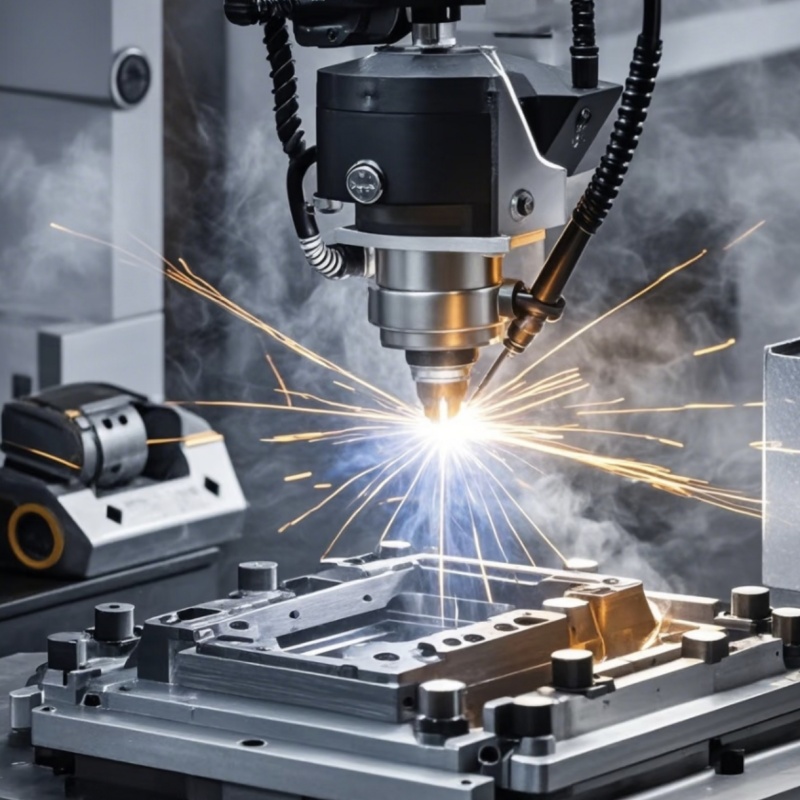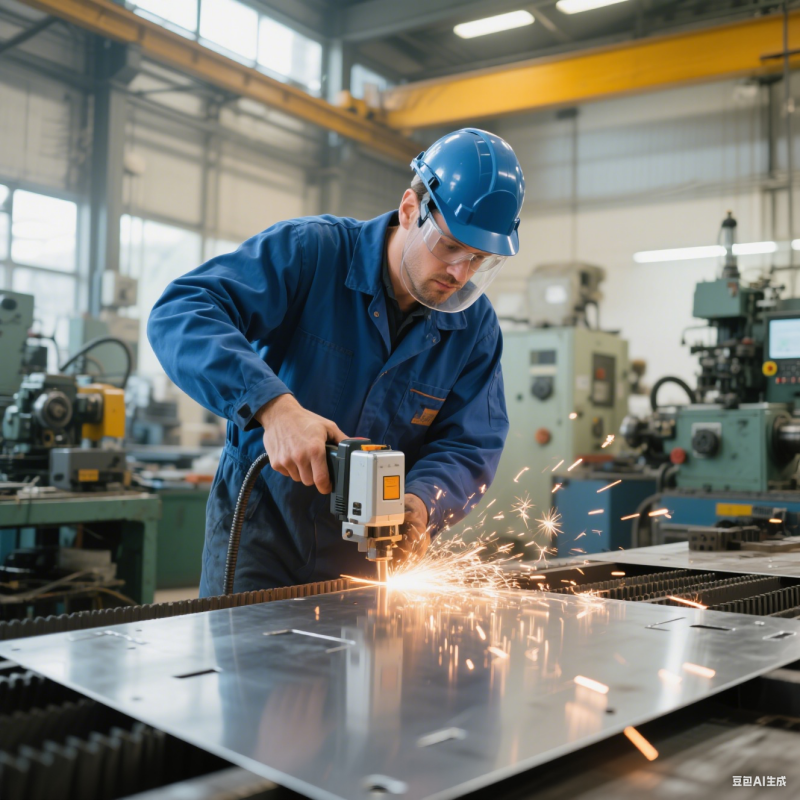Laser Equipment Operator Requirements
Operators must undergo professional training and pass the assessment, be familiar with the equipment performance and operating procedures, and are strictly prohibited from working without a license. Stay awake during operation and avoid fatigue or drunken operation. Wear special protective equipment such as laser protective glasses and radiation-proof work clothes. Long hair must be tied up and no jewelry should be worn to avoid direct exposure of the body to the laser radiation range.
Laser Equipment Pre-start Inspection
Before starting, fully check all systems of the equipment to check whether the laser emission system is normal and whether the lens is contaminated or damaged; check whether the water level and water temperature of the cooling system meet the requirements and whether there is any leakage in the pipeline; confirm that the CNC system and electrical control system are in good operating condition and all buttons and switches function normally. At the same time, clean the work area, remove flammable and explosive items, and ensure good ventilation and sufficient light.
Laser Equipment Operation Process Specifications
Set parameters such as laser power, scanning speed, and spot diameter strictly according to process requirements and do not change them at will. The workpiece should be clamped firmly to ensure no displacement during processing. When adjusting the position of the laser head, move slowly to avoid collision. Closely observe the operating status of the equipment during processing. If abnormal sounds, abnormal heating or laser beam deviation are found, press the emergency stop button immediately, stop the machine for inspection and troubleshoot.
Laser Equipment Safety Protection Measures
Set up obvious laser warning signs in the working area of the equipment, and non-operating personnel are strictly prohibited from entering. Operators must wear special protective glasses that match the laser wavelength to prevent laser damage to the eyes. Close the protective door during work to ensure that the laser beam is confined within a safe range. Equip necessary fire-fighting equipment, such as fire extinguishers, to prevent fires during processing.


Laser Equipment Special Material Processing
When processing flammable, explosive or toxic gas-producing materials, special safety measures must be formulated in advance. Install effective ventilation and dust removal devices to discharge harmful gases and dust in time. For high-reflectivity materials, set parameters carefully to prevent laser reflection from causing equipment damage or personal injury. When processing expensive or precision parts, conduct trial processing first, and then mass production after confirming that the parameters are correct.
Laser Equipment Maintenance
Maintain the equipment regularly, keep the surface and interior of the equipment clean, and clean dust and debris in time. Check the lubrication of each transmission component and add lubricating oil as required. Regularly calibrate the laser optical path to ensure the accuracy and stability of the laser beam. Record the equipment operation time and maintenance status, find potential problems and deal with them in time to extend the service life of the equipment.
Laser Equipment Emergency Handling
Develop a complete emergency plan, and the operator must be familiar with the equipment emergency shutdown procedures and emergency handling methods for accidents such as fire and electric shock. In the event of equipment failure, it is not allowed to disassemble and repair without authorization, and professional technicians should be contacted in time. If a person is burned by the laser, leave the laser radiation area immediately, perform preliminary treatment and then send to the doctor for treatment.
Laser Equipment Environmental Protection Requirements
Pay attention to the impact of waste gas, waste liquid and noise generated during laser processing on the environment. Install waste gas treatment equipment to purify the harmful gases generated during the processing to ensure that they meet the emission standards. Classify and collect and treat waste liquids, and do not discharge them at will. Take sound insulation measures to reduce the noise of equipment operation and meet environmental protection standards.



